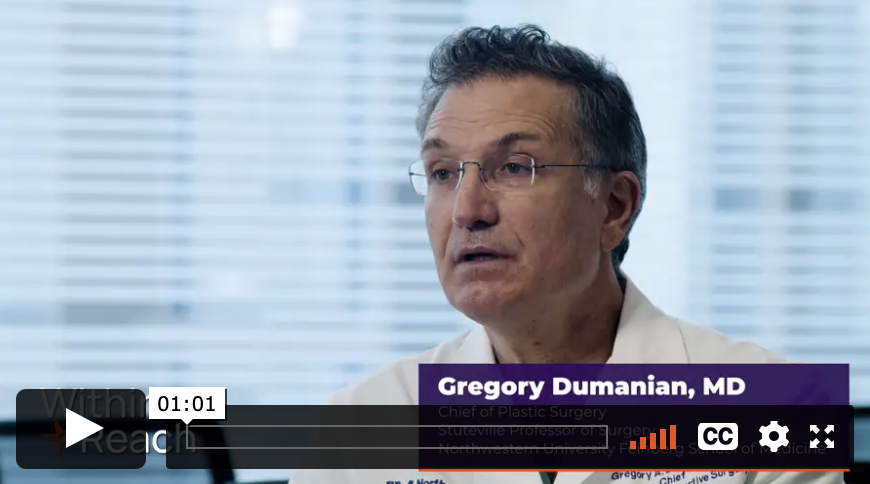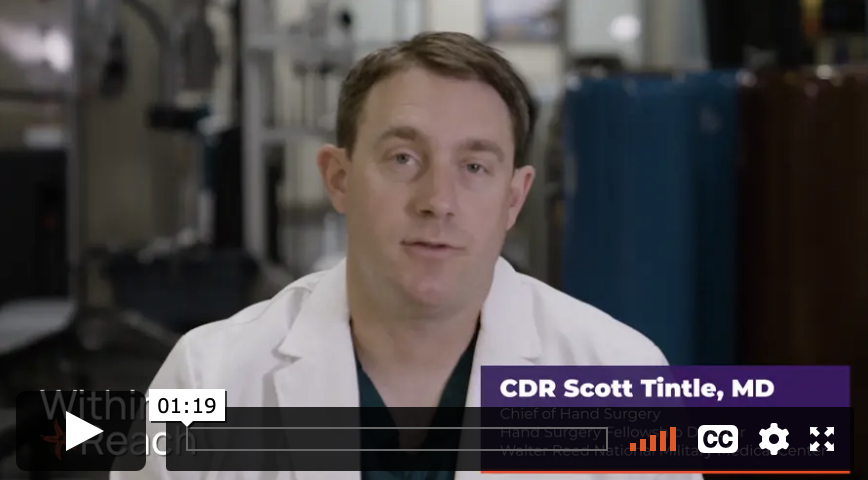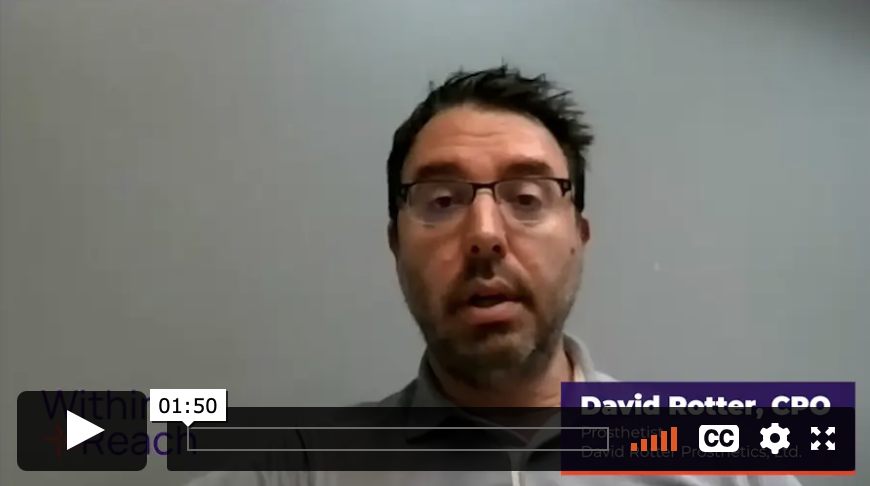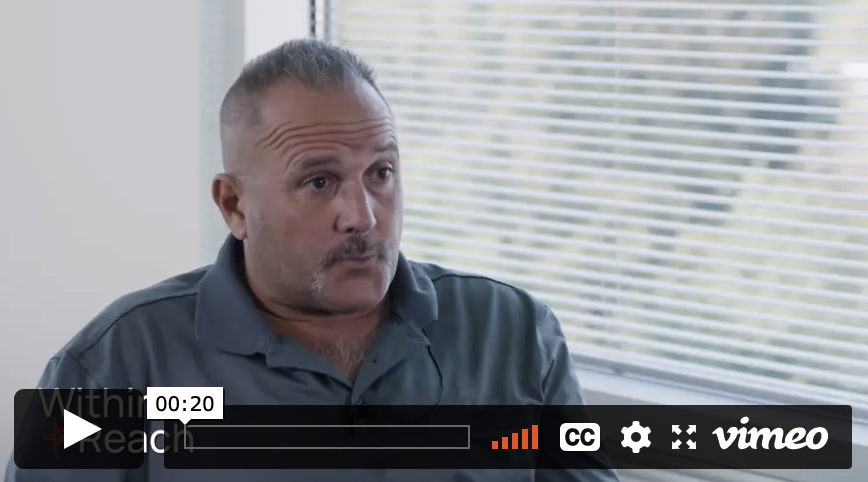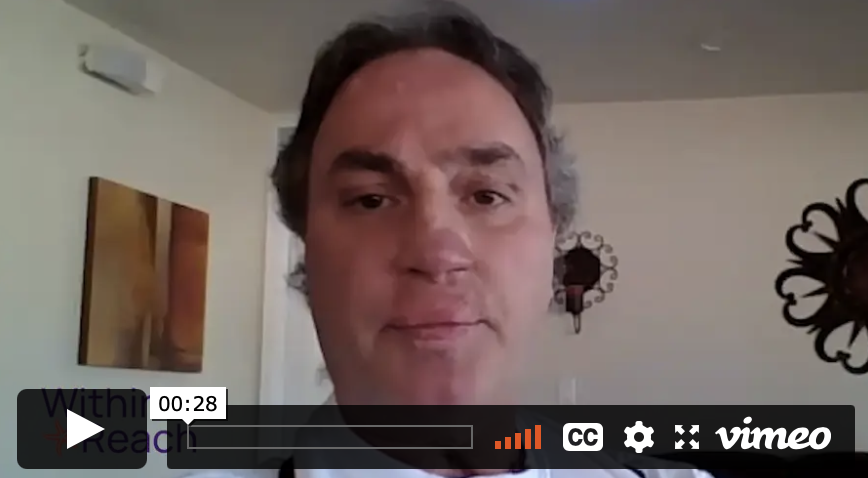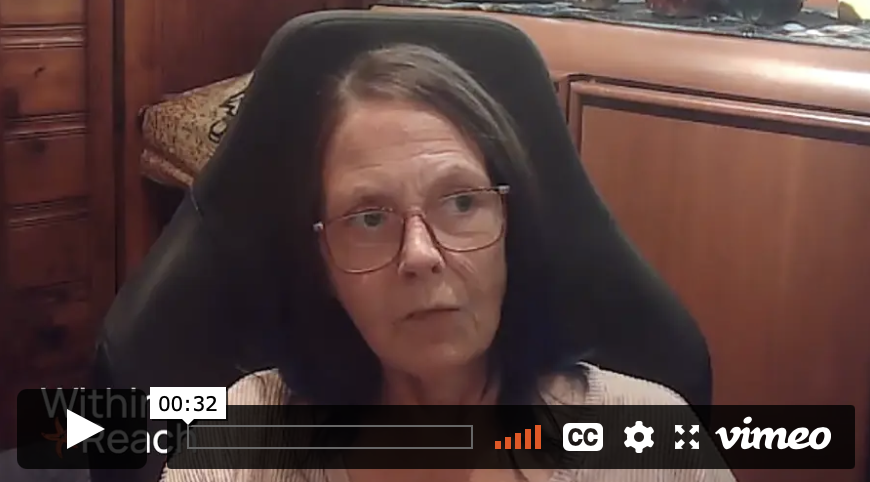Home > Decision-Making > Weigh All Options
Weigh All Options
Have You Thought About All Treatment Options?
- Some people with upper limb loss adapt well to their amputation physically and psychologically.1,2
- Some may prefer using a prosthesis or some may prefer hand/arm transplantation due to their personal preferences and treatment goals.1,2
- Because there are different treatment options available for people with upper limb loss, each person must review their options and choose based on their personal situation.3
- Hand/arm transplantation does not need to occur immediately after amputation. For an eligible candidate, transplantation can take place when the person is ready and after they have completed the evaluation process.
Have You Weighed the Benefits and the Risks of Each Treatment Option?
- People decide to undergo hand/arm transplantation to regain physical function, recover sense of touch, and improve body image/self-image and interpersonal relationships.3,4
- It is important to keep in mind that hand/arm transplantation is not a lifesaving procedure. Rather, it is a life-enhancing procedure that may improve quality of life, but there are risks and the potential for failure.5-7
- It is important for people with upper limb loss to learn about the benefits and risks of hand/arm transplantation and other treatment options available to them, and think about what matters most to them and their motivations for their preferred treatment option.5
Click Below for More Videos
Videos of Health Care Professionals
Videos of Hand/Arm Transplant Recipients and People with Limb Loss
References
Sources
Benedict JL. Vascularized Composite Allotransplantation. In: Weisstub DN, Cooley DR, eds. A Revised Consent Model for the Transplantation of Face and Upper Limbs: Covenant Consent. Cham, Switzerland: Springer, 2017: Ch 2.
Klapheke MM, Marcell C, Taliaferro G, et al. Psychiatric Assessment of Candidates for Hand Transplantation. Microsurgery: Official Journal of the International Microsurgical Society and the European Federation of Societies for Microsurgery 2000;20(8):453-457.
Kumnig M, Jowsey-Gregoire SG, Rumpold G, et al. The Psychological Assessment of Candidates for Reconstructive Hand Transplantation. Transplant International 2012;25(5):573-585.
Jensen SE, Butt Z, Heinemann AW, et al. Perceptions of the Risks and Benefits of Upper Limb Transplantation Among Individuals with Upper Limb Amputations. Plastic and Reconstructive Surgery 2014;134(5):979-987.
Dumont M, Sann L, Gazarian A. Bilateral Hand Transplantation: Supporting the Patient's Choice. Journal of Plastic, Reconstructive & Aesthetic Surgery 2017;70(2):147-151.
Jowsey-Gregoire SG, Kumnig M, Morelon E, et al. The Chauvet 2014 Meeting Report: Psychiatric and Psychosocial Evaluation and Outcomes of Upper Extremity Grafted Patients. Transplantation 2016;100(7):1453-1459.
Smith CP. How should Surgeons Balance Transplantation Innovation with Acceptance of a Trauma Survivor’s Appearance? AMA Journal of Ethics. 2019;21(11):953-959.

